

Articles
How To Store Fresh Rosemary And Thyme
Modified: August 17, 2024
Learn the best methods for storing fresh rosemary and thyme in this comprehensive guide. Discover the ideal conditions to keep your herbs fresh and flavorful. Ideal for articles on herb storage.
(Many of the links in this article redirect to a specific reviewed product. Your purchase of these products through affiliate links helps to generate commission for Storables.com, at no extra cost. Learn more)
**
Introduction
**
Fresh rosemary and thyme are aromatic herbs that can elevate the flavor profile of various dishes. Whether you've harvested them from your garden or purchased them from the market, knowing how to store these herbs properly is essential for preserving their freshness and flavor. In this comprehensive guide, we'll explore the best practices for storing fresh rosemary and thyme to ensure that you always have access to these delightful herbs when cooking or preparing beverages.
Proper storage not only maintains the herbs' flavor and fragrance but also extends their shelf life, allowing you to enjoy their culinary benefits for an extended period. Understanding the characteristics of fresh rosemary and thyme, as well as the optimal storage methods, will empower you to make the most of these versatile herbs in your culinary endeavors. Let's delve into the nuances of storing fresh rosemary and thyme to unlock their full potential in your kitchen.
Key Takeaways:
- Proper storage of fresh rosemary and thyme involves refrigeration, labeling, and dating to maintain their flavors and aromas, ensuring they remain vibrant and potent for future use.
- Additional tips for preserving fresh rosemary and thyme include freezing, drying, and infusing into oils and vinegars, allowing for diverse culinary applications and extended shelf life.
Read more: What To Do With Fresh Thyme And Rosemary
Understanding Fresh Rosemary and Thyme
Before delving into the storage techniques, it’s essential to understand the unique characteristics of fresh rosemary and thyme. Both herbs boast distinct flavors and aromas that can enhance a wide array of dishes, from savory to sweet. Fresh rosemary, with its needle-like leaves and woody stems, imparts a robust, pine-like fragrance and a slightly peppery, lemony flavor to culinary creations. On the other hand, fresh thyme, with its tiny, aromatic leaves and delicate stems, offers a subtle, earthy flavor with hints of mint and citrus.
These herbs are beloved for their ability to complement a diverse range of ingredients, including meats, vegetables, bread, and even cocktails. Their versatility and intense flavors make them indispensable in the kitchen, whether you’re preparing a hearty stew, roasting vegetables, or infusing oils and vinegars.
When it comes to preserving these herbs, it’s crucial to consider their delicate nature. Fresh rosemary and thyme are highly sensitive to moisture and require proper airflow to prevent mold and decay. Additionally, exposure to excessive heat or direct sunlight can diminish their flavors and aromas. By grasping these nuances, you can make informed decisions about how to store and preserve these herbs effectively, ensuring that they remain vibrant and potent for future use.
Now that we’ve gained insight into the distinctive qualities of fresh rosemary and thyme, let’s explore the optimal methods for storing these herbs to maintain their freshness and maximize their culinary potential.
Proper Storage of Fresh Rosemary and Thyme
Preserving the freshness of fresh rosemary and thyme involves employing suitable storage methods that shield the herbs from deteriorating factors such as moisture, light, and heat. Here are the optimal techniques for storing these herbs:
- Refrigeration: To maintain the quality of fresh rosemary and thyme, refrigeration is the go-to method. Start by gently wrapping the herbs in a slightly damp paper towel to provide a touch of moisture without causing them to become soggy. Then, place the wrapped herbs in a resealable plastic bag, expelling excess air before sealing it. The paper towel helps regulate the herbs’ moisture levels, while the sealed bag prevents exposure to moisture and odors from other foods in the refrigerator.
- Temperature: Store the herbs in the refrigerator’s crisper drawer, which offers a slightly higher humidity level than the rest of the fridge. The ideal temperature for preserving fresh rosemary and thyme ranges from 32°F to 40°F (0°C to 4°C). This cool, consistent environment helps slow down the herbs’ natural degradation process, extending their shelf life and preserving their flavors.
- Labeling and Dating: To stay organized and track the herbs’ freshness, consider labeling the resealable bags with the herb type and the date of storage. This simple practice can prevent confusion and ensure that you use the herbs within a reasonable timeframe.
By adhering to these storage guidelines, you can safeguard the freshness and flavor of fresh rosemary and thyme, allowing you to incorporate these aromatic herbs into your culinary creations with confidence.
To store fresh rosemary and thyme, wrap them in a damp paper towel and place them in a plastic bag in the refrigerator. This will help keep them fresh for up to two weeks.
Tips for Preserving Fresh Rosemary and Thyme
Aside from proper storage techniques, there are additional tips and tricks for preserving the vibrancy and flavor of fresh rosemary and thyme. These strategies can further enhance the longevity and utility of these aromatic herbs:
- Freezing: If you have an abundant supply of fresh rosemary and thyme, freezing the herbs can be a convenient preservation method. Start by stripping the leaves from the stems and placing them in an airtight container or freezer bag. Alternatively, you can chop the herbs and freeze them in ice cube trays filled with water or olive oil. These frozen herb cubes can be easily added to soups, stews, and sauces for a burst of flavor.
- Drying: Drying fresh rosemary and thyme is another popular preservation technique. To air-dry the herbs, tie small bunches together and hang them upside down in a warm, well-ventilated area. Once completely dry, store the leaves in an airtight container, keeping them in a cool, dark place. Alternatively, you can use a dehydrator to dry the herbs quickly and efficiently.
- Herb-infused Oils and Vinegars: Harness the aromatic essence of fresh rosemary and thyme by infusing them into oils and vinegars. Simply place the herbs in a clean, dry bottle and fill it with your preferred oil or vinegar. Seal the bottle and store it in a cool, dark place for a few weeks, allowing the flavors to meld. The resulting infused oils and vinegars can elevate dressings, marinades, and dipping sauces.
- Culinary Applications: Embrace the versatility of fresh rosemary and thyme by incorporating them into various culinary endeavors. From seasoning roasted meats and vegetables to flavoring bread, pastas, and even cocktails, these herbs can enrich a wide range of dishes and beverages. Experiment with different recipes and cooking techniques to fully explore their potential.
By leveraging these preservation tips, you can extend the shelf life of fresh rosemary and thyme while diversifying your culinary repertoire with their aromatic essence and robust flavors.
Conclusion
Mastering the art of storing fresh rosemary and thyme is a culinary investment that yields rich rewards in the kitchen. By understanding the unique characteristics of these herbs and implementing proper storage methods, you can ensure that their flavors and aromas remain vibrant, enhancing a myriad of dishes and beverages. Whether you opt for refrigeration, freezing, drying, or infusing, there are numerous avenues for preserving the essence of these aromatic herbs.
As you embark on your journey to store and preserve fresh rosemary and thyme, remember that experimentation and creativity are key. Embrace the opportunity to explore different preservation techniques and culinary applications, allowing these herbs to infuse your dishes with their distinctive essence and elevate your culinary creations to new heights.
With the knowledge and insights gained from this guide, you are well-equipped to embark on a flavorful odyssey, harnessing the potential of fresh rosemary and thyme to enrich your culinary endeavors. Whether you’re a seasoned chef or an enthusiastic home cook, these herbs are sure to become indispensable allies in your culinary arsenal, adding depth, character, and a touch of aromatic magic to your creations.
By integrating these herbs into your culinary repertoire and preserving their freshness with care and creativity, you can savor the delightful essence of fresh rosemary and thyme in your dishes, ensuring that every culinary creation is infused with a touch of herbal allure.
Excited to keep your herbs fresh even longer? Dive into our detailed guide on the best herb storage solutions available for 2024. You'll find innovative ways to preserve the flavor and vitality of your garden's bounty, ensuring every dish is as aromatic and tasty as intended. Whether you're a seasoned gardener or a kitchen novice, these tips will transform how you handle herbs at home. Ready to up your culinary game? Check out our guide and make wilting herbs a thing of the past!
Frequently Asked Questions about How To Store Fresh Rosemary And Thyme
Was this page helpful?
At Storables.com, we guarantee accurate and reliable information. Our content, validated by Expert Board Contributors, is crafted following stringent Editorial Policies. We're committed to providing you with well-researched, expert-backed insights for all your informational needs.
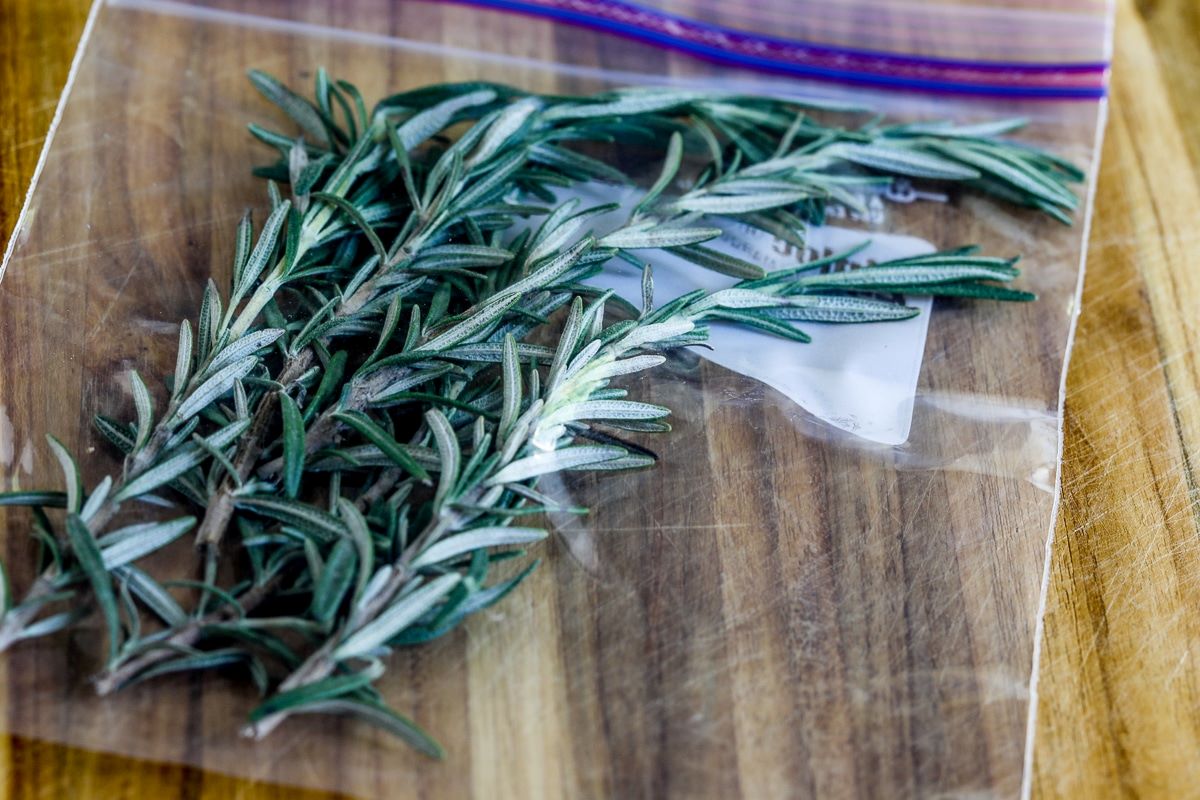

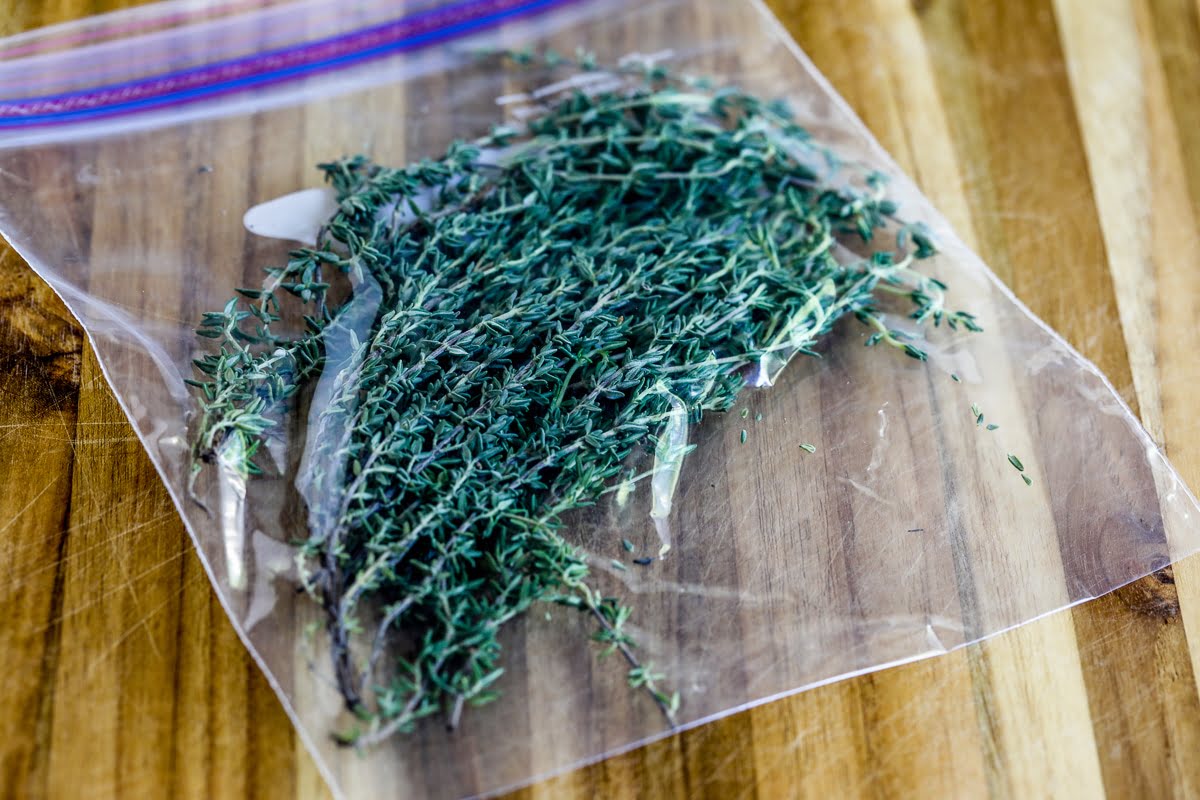


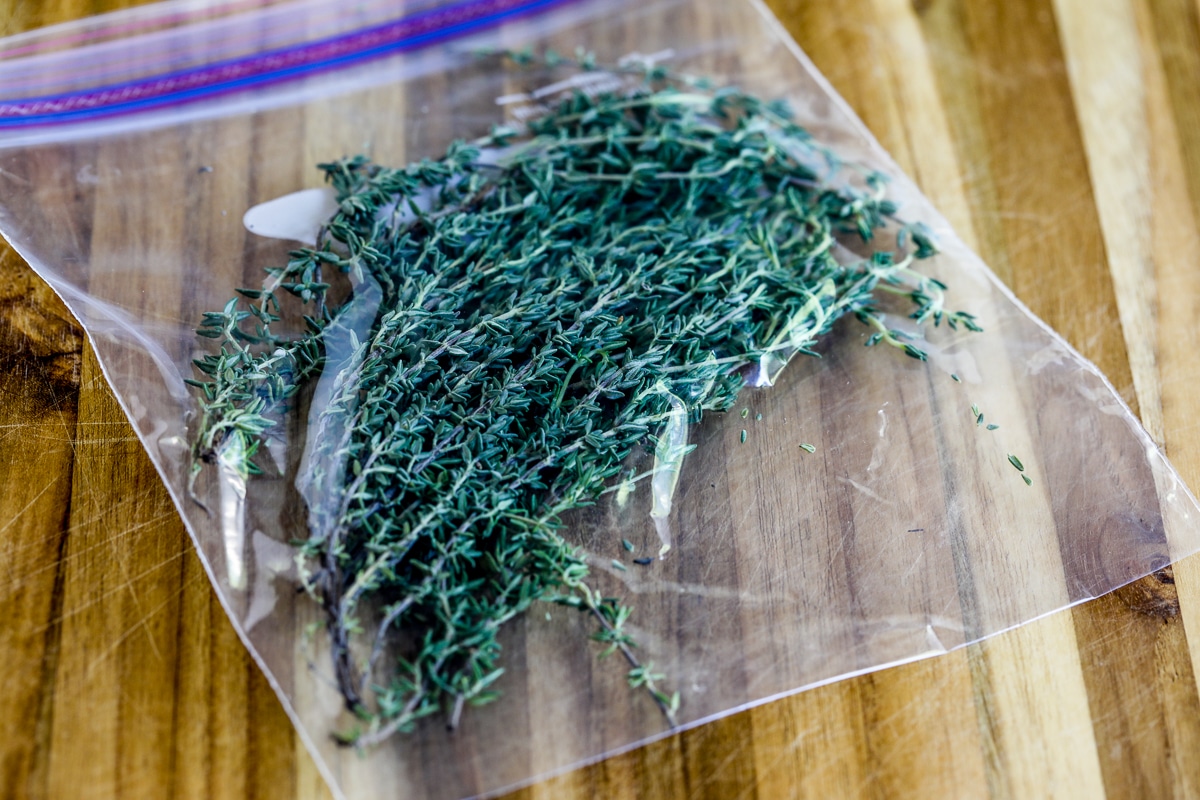


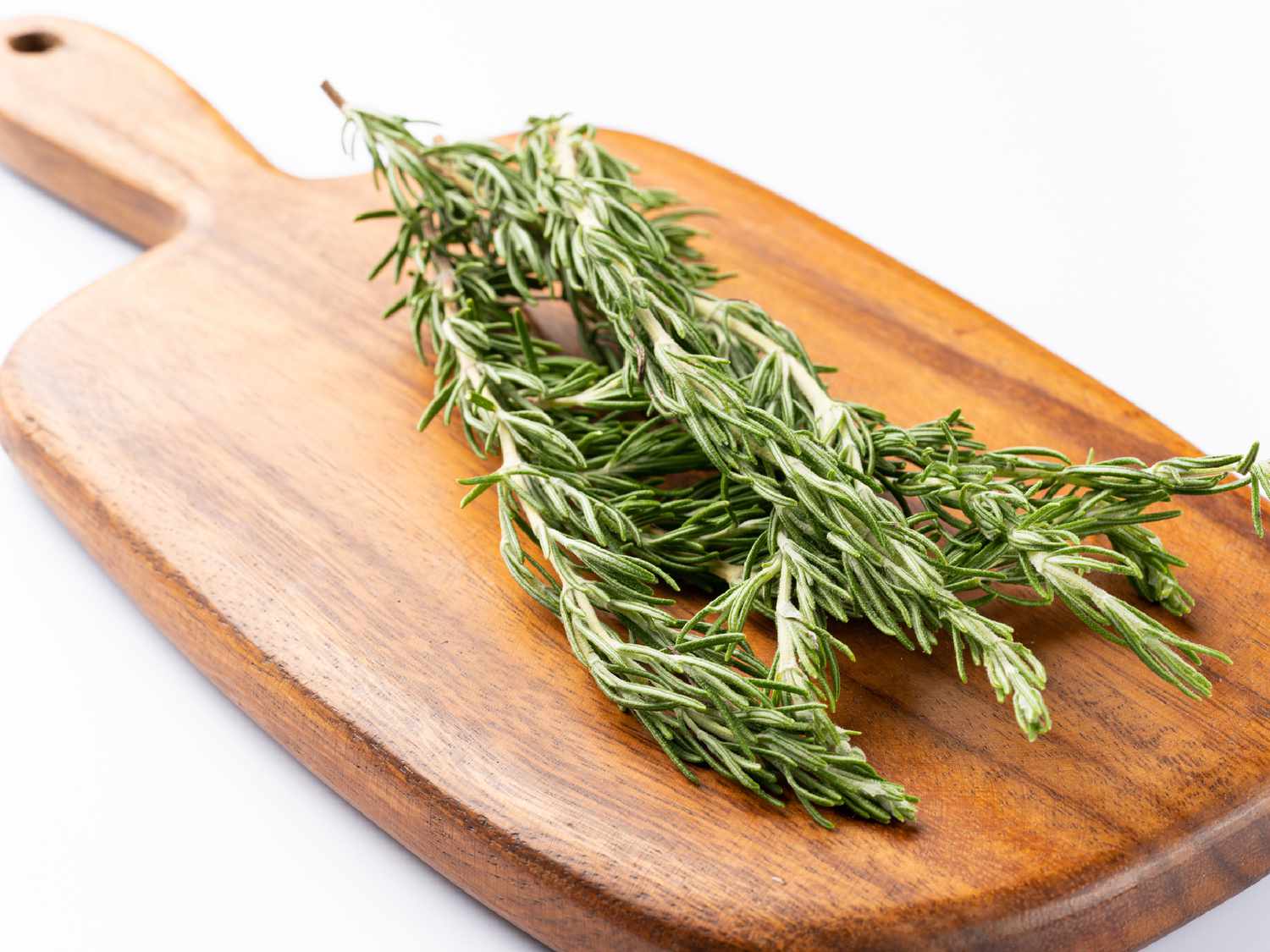

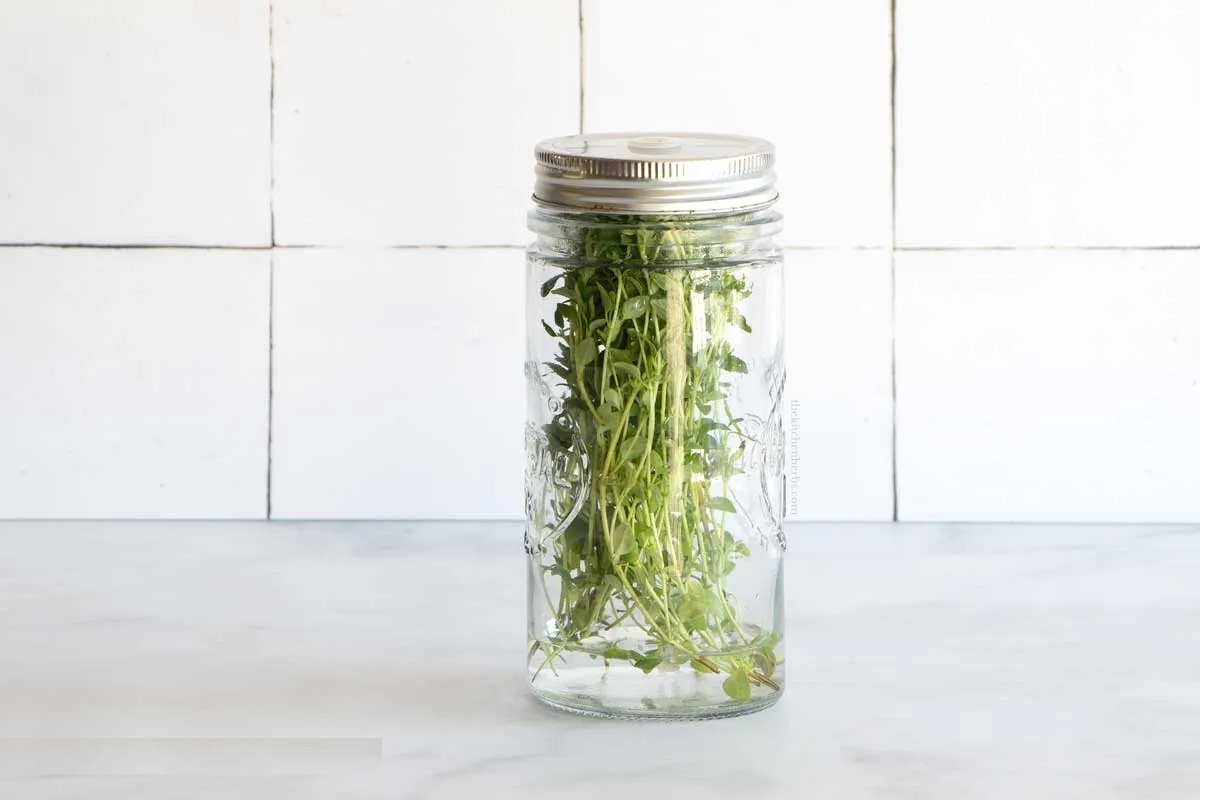





0 thoughts on “How To Store Fresh Rosemary And Thyme”